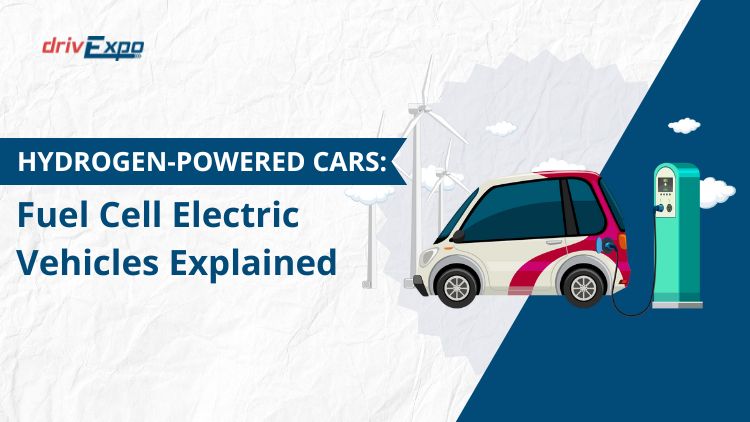The Indian automobile sector has evolved into a complex and competitive arena where traditional values meet modern technological advancements. As global attention sometimes centers on international giants, it’s essential to focus on the robust capabilities of our local brands such as Mahindra, Tata, and Maruti Suzuki.
These companies have not only shaped the Indian market but have also showcased the prowess of Indian manufacturing on a global stage. Emphasizing our indigenous brands rather than pleading with foreign investments like Tesla to set up shop plays a crucial role in strengthening our economy and automotive market.
Maruti Suzuki: A Testament to Innovation and Dominance
For decades, Maruti Suzuki has been a cornerstone of the Indian auto industry. Its vehicles, such as the Swift, Alto, and the more recent Grand Vitara, have dominated sales charts and won consumer hearts with their reliability and affordability.
The launch of hybrid models and continuous innovation in fuel-efficient cars have kept Maruti Suzuki at the forefront of the Indian market, making it a permanent fixture in many Indian garages.
Rising Titans: Tata and Mahindra’s Growth

Tata Motors and Mahindra have emerged from their humble beginnings to become behemoths in the automotive industry. Overcoming initial challenges, these brands have excelled through innovation in engineering and design, propelling the Indian auto sector on the global map.
Their commitment to quality and adaptability to market demands has earned them a unique place in both national and international markets.
Challenges Confronting the Hatchback Segment
Once the backbone of Indian middle-class mobility, hatchbacks face a decline as preferences shift towards SUVs and crossovers. This transition is influenced by several factors including economic growth, evolving consumer preferences, and the perceived value of larger vehicles.
The hatchback segment, though currently overshadowed, is poised for a revival as market dynamics continue to evolve.

Economic and Market Influences
- Growing Economy: India’s economic surge has enhanced the purchasing power of its middle class, pushing many towards opting for SUVs, which are seen as symbols of status and success.
- Technological Advancements: The introduction of sophisticated features in SUVs at competitive prices has made them more desirable compared to the traditionally minimalistic hatchbacks.
- Shifting Consumer Tastes: Modern consumers prioritize space, safety, and luxury, features that SUVs typically provide more effectively than hatchbacks.
Potential for Revival in the Hatchback Market
Despite the surge in SUV popularity, the hatchback retains significant potential for a comeback. Several factors, from urban congestion to environmental considerations, could drive consumers back to this versatile and economical segment.
- Urban Dynamics: The compact nature of hatchbacks makes them ideal for navigating congested city streets, an everyday reality in burgeoning urban centers across India.
- Cost-Effectiveness: The affordability of hatchbacks makes them an attractive option for first-time car buyers and those with budget constraints.
- Environmental Concerns: As environmental awareness grows, the smaller carbon footprint of hatchbacks could make them more appealing to eco-conscious consumers.
Long-Term Perspectives
Looking towards the future, the Indian automobile industry’s trajectory seems geared towards embracing more sustainable and innovative technologies. This includes the rise of electric vehicles (EVs) and hybrid systems, where companies like Tata are already making significant inroads.
The potential integration of advanced technologies in hatchbacks could revitalize their appeal, particularly among younger, tech-savvy generations who are also environmentally aware.
Key Factors for Hatchback Revival
- Innovation: Manufacturers must continue to innovate, integrating advanced technologies and features into hatchbacks without compromising on cost.
- Marketing Strategies: Effective marketing campaigns that highlight the practicality, efficiency, and modern features of hatchbacks could sway public perception.
- Government Policies: Supportive government policies, such as tax benefits for small cars, could further bolster the hatchback market.
Conclusion
While SUVs currently dominate the Indian automobile landscape, the hatchback segment is far from obsolete. With strategic adjustments and a focus on innovation, hatchbacks could once again become a popular choice among Indian consumers. The automotive industry must adapt to these evolving market conditions to ensure that hatchbacks regain their erstwhile popularity.
As we continue to witness these transformations, our commitment to providing comprehensive coverage and insightful analysis will keep our readers informed and engaged. Stay tuned to our platform for more updates on the dynamic Indian automobile market.
To stay updated on the latest trends and developments in the Indian automobile industry, subscribe to our newsletter and follow us on social media.

